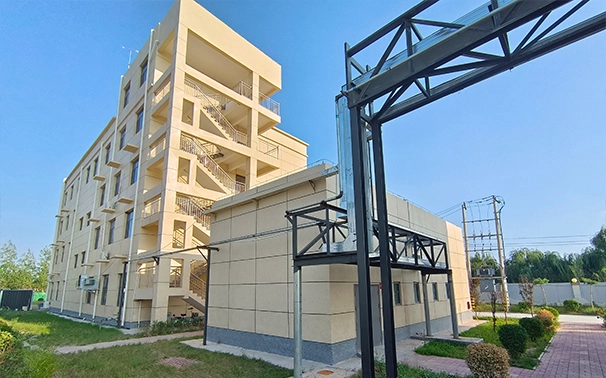phosphonic acid
Phosphonic acid is a fascinating compound that plays a significant role in various fields, including agriculture, medicine, and material science. Its unique chemical properties make it a subject of interest for researchers and industry professionals alike.
Structurally, phosphonic acid (H₃PO₃) is a simple organophosphorus compound that contains a phosphorus atom bonded to three oxygen atoms and one hydrogen atom. This arrangement gives it distinct characteristics that differentiate it from its relatives, such as phosphoric acid (H₃PO₄). One of the most notable features of phosphonic acid is its ability to form stable bonds with metal ions, which makes it a valuable agent in many chemical processes.
In agriculture, phosphonic acid is widely used as a fertilizer and a pesticide. It acts as a source of phosphorus, which is essential for plant growth. The compound is particularly favored due to its effectiveness in promoting root development and enhancing crop yield. Moreover, phosphonic acid can help combat certain plant diseases by increasing the plants' resistance to pathogens. Its application in agriculture demonstrates how chemical compounds can directly impact food security and sustainability.
Phosphonic acid also has significant implications in the pharmaceutical industry. Its derivatives, known as phosphonates, are important in drug development due to their ability to inhibit various enzymes. For instance, some antiviral medications, such as those used to treat HIV, incorporate phosphonate structures to enhance their efficacy. The versatility and potency of phosphonic acid analogs in medicinal chemistry highlight its potential in treating a wide range of diseases.
phosphonic acid

In addition to its applications in agriculture and medicine, phosphonic acid has intriguing uses in material science. It can serve as a precursor for advanced materials, including polymers and ceramics. Researchers are continually exploring its potential to improve the properties of these materials, such as enhancing their strength, durability, and thermal stability. These advancements equip industries with better tools to meet the demands of modern technology.
Moreover, the chemical stability of phosphonic acid makes it suitable for various cleaning and etching applications, particularly in semiconductor manufacturing. The ability to form strong complexes with metal ions is exploited to achieve high levels of purity and precision in electronic components.
In conclusion, phosphonic acid is a compound with diverse and impactful applications across multiple fields. Its role in agriculture supports food production, its derivatives in pharmaceuticals aid in disease treatment, and its utility in material science contributes to the advancement of technology. As research continues to unveil new properties and applications, phosphonic acid will undoubtedly remain a key player in both scientific and industrial arenas.
-
Understanding Polycarboxylic Acids: Properties, Applications, and Future PotentialNewsJul.28,2025
-
Scale Inhibitor Explained: How to Protect Your System from Limescale and Hard Water DamageNewsJul.28,2025
-
Scale and Corrosion Inhibitors: Essential Chemicals for Industrial Water System ProtectionNewsJul.28,2025
-
Polyaspartic Acid: A Biodegradable Polymer for Sustainable ChemistryNewsJul.28,2025
-
Isothiazolinones: A Versatile Antimicrobial Class with Industrial Power and Regulatory ChallengesNewsJul.28,2025
-
A Deep Dive into 2-Phosphonobutane-1,2,4-Tricarboxylic Acid (PBTC)NewsJul.28,2025





